Volkswagen shed its people’s-car skin in 2002, when it introduced the luxurious Phaeton. Built on the same basic platform as the Bentley Continental Flying Spur, among others models, it landed as a luxurious saloon available with an impressive selection of engines. It was the company’s first move into a segment dominated by the Mercedes-Benz S-Class, but the idea of climbing upmarket wasn’t new. Few people know that Volkswagen experimented with a Porsche-powered luxury saloon nearly 40 years before the Phaeton.
Built in 1963, when Wolfsburg was synonymous with the Beetle, the flagship was called EA 128. There’s little to glean from its name: EA stands for Entwicklungsauftrag, which means “development order” in German, and 128 was an internal designation. Nearly all of Volkswagen’s prototypes at the time received the EA prefix, including the dozens built as potential replacements for the Beetle.
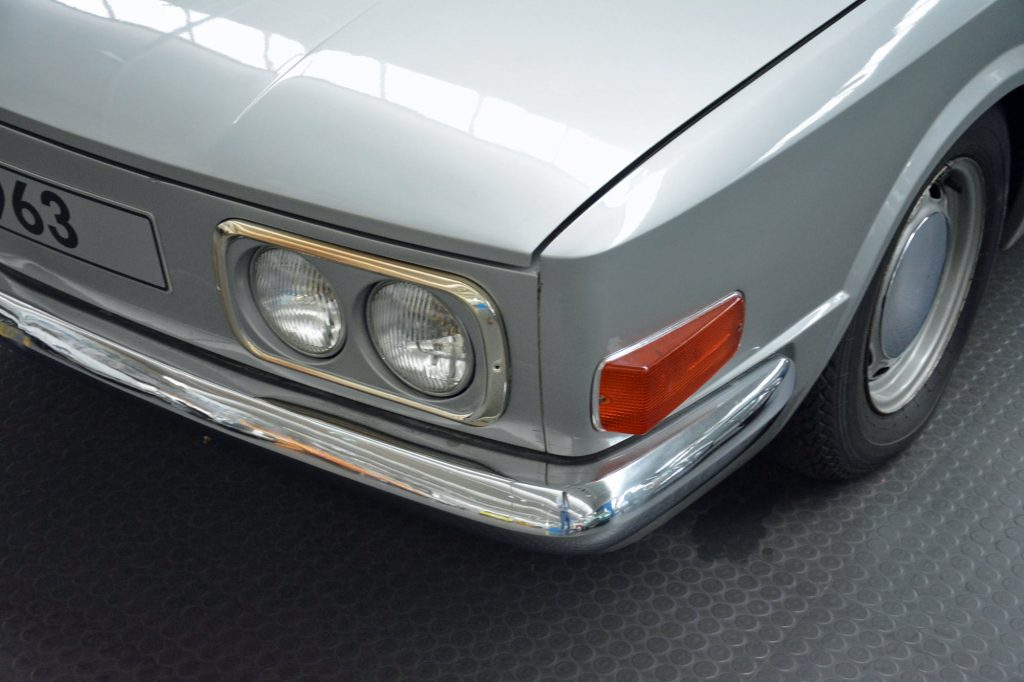
Visually, the 128 shared no styling cues with the Beetle or the Type 3, and nothing about it betrayed its Porsche heart nor its origins in the Volkswagen research and development department. The shape had an unusually boxy silhouette, with a grille-less front end dominated by two pairs of round headlights, corner-mounted indicators, and horizontal rear lights. Like an overgrown Renault 10, the EA 128 was a reflection of its era’s design trends. Only those familiar 14-inch wheels hinted at what was beneath.
In the early 1960s, the only production-ready engine that Volkswagen had in its portfolio was the air-cooled flat-four that powered the Beetle and its various derivatives. While the engine was highly tuneable, engineers decided it was too small to power such a stately saloon. Instead, the EA 128 received a 2-litre air-cooled flat-six that was closely related to that of Porsche’s then-new 901 (which later morphed into the 911 due to a trademark dispute with Peugeot) but detuned to 90 horsepower.
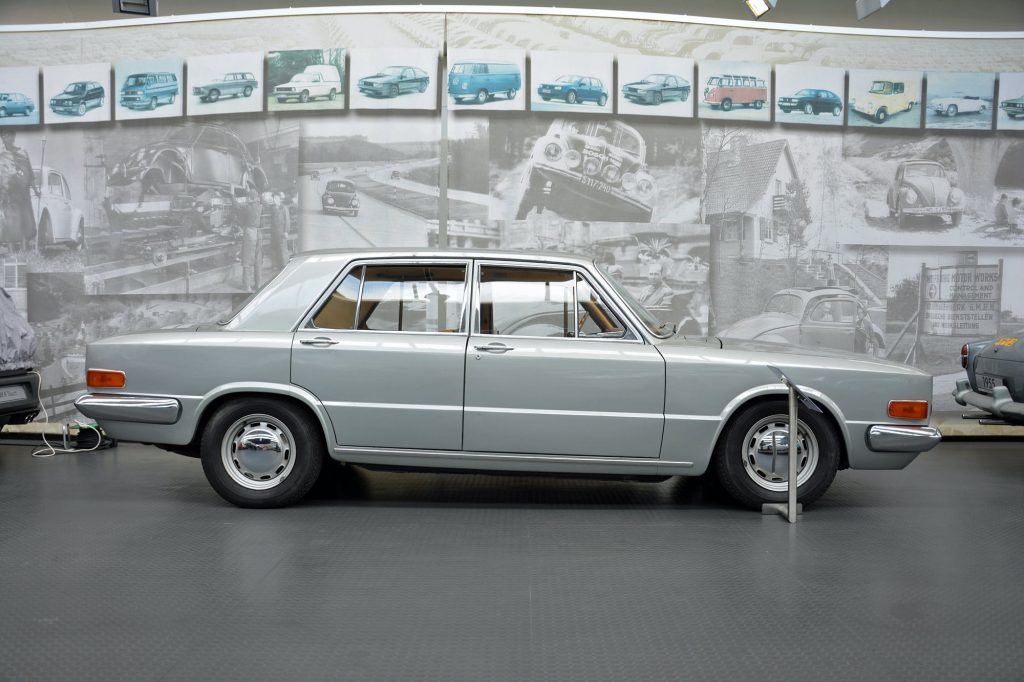
It spun the rear wheels via a five-speed manual transaxle and it sent the EA 128 to a top speed of 100 mph. This was no small feat in an era when flat-out speed still sold cars, and triple digits were impressive for a 4.7-metre-long saloon that weighed approximately 1200kg (about on par with a Mercedes-Benz W110).
Had the EA 128 been built for production, Westfalia-driving vacationers getting passed by it on the Autobahn wouldn’t have known what the heck was soaring past. There was hardly any branding on it, neither on the exterior nor the interior, so the EA 128’s passengers may not been aware of what they were sitting in, either. The only reference to the people’s car brand visible in the cabin was a Vee-Double-You logo positioned in the middle of a four-spoke, wood-rimmed steering wheel that was nearly identical to the one fitted to early 911 models.
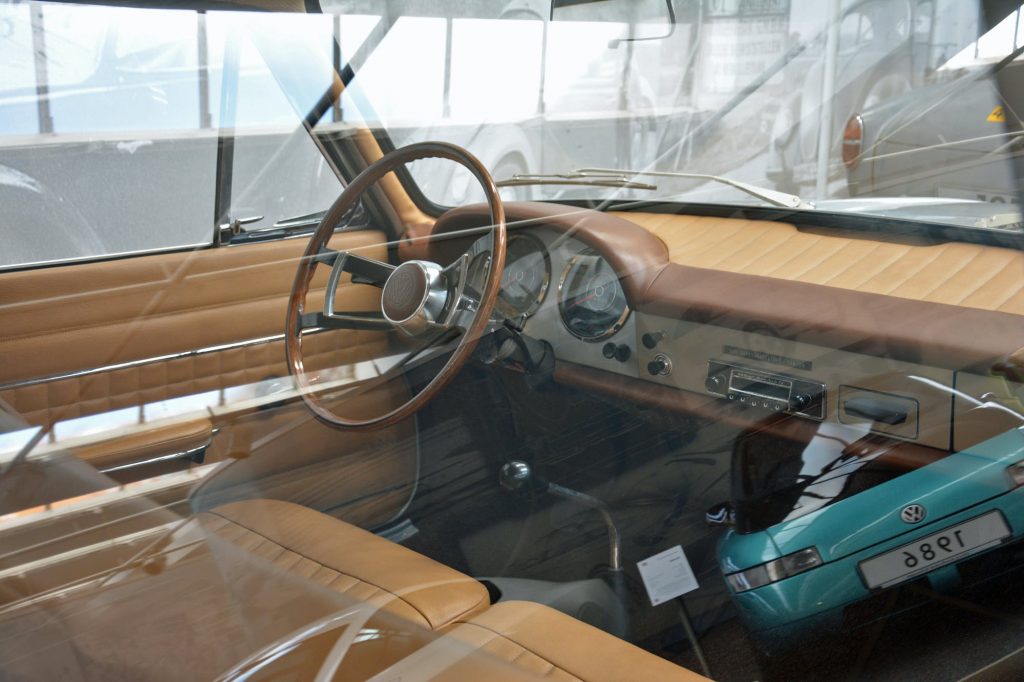
Carmakers build crazy prototypes all the time, but the EA 128 wasn’t merely a “hold my dunkel and check this out” project. The odometer on the prototype we encountered at a VW museum in Wolfsburg suggests the sedan was tested for 1467 kilometres (which improbably represents about 911 miles) before getting stashed in a warehouse. In the process, it even picked up a few bumper dings.
Upon request for additional details on the EA 128, Volkswagen told Hagerty that the company has nothing in its archives department that documents the car; it wasn’t able to find period photos, nor testing notes written by the folks who drove it.
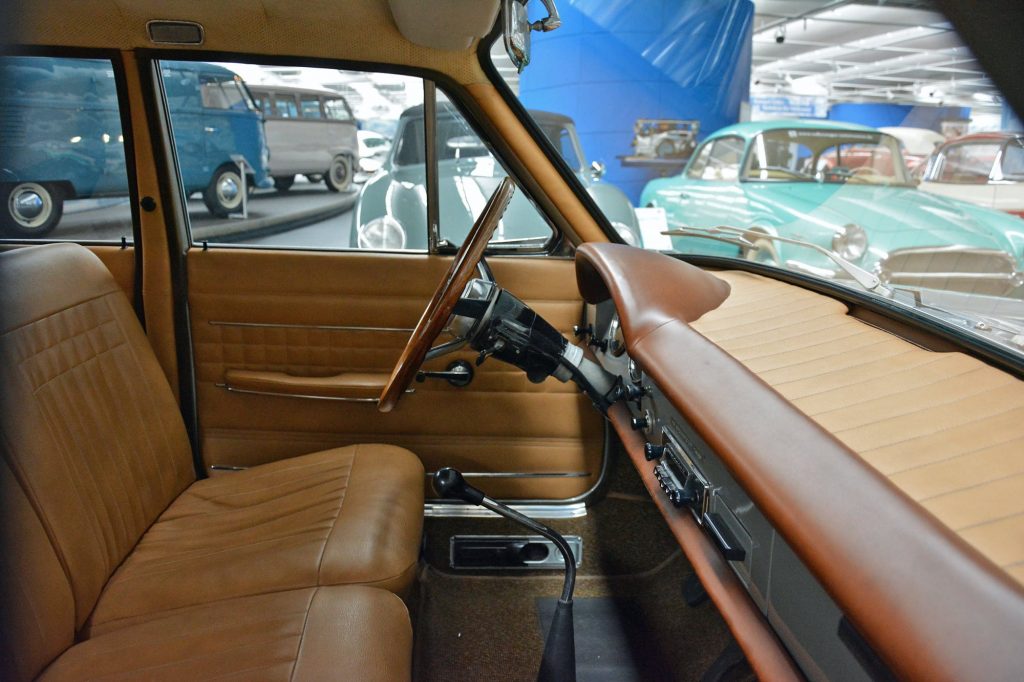
Historians blame the EA 128’s failure to launch on several factors. Volkswagen itself notes that it partially developed this car in response to the Corvair, which in turn was a reaction to the Beetle. Some suppose the Porsche-sourced bits would have made the big saloon too expensive to credibly compete against its Chevrolet-badged rival. In 1963, Chevy’s 700 Series sedan carried a base price of $2110 (about $18,800, or £14,100 in 2021).
For context, Volkswagen charged $1495 (around £10,700 in 2021 at current exchange rates) for the cheapest Beetle that year. Another hypothesis is that executives in Wolfsburg simply decided against moving upmarket. Volkswagen later released more expensive cars, like the 1600 (Type 3) launched in the US for 1966 and the 411 (Type 4), but none were as big or as luxurious as the planned EA 128 which was serious Mercedes-Benz-fighting material.
In hindsight, all of these theories orbit around the same truth.
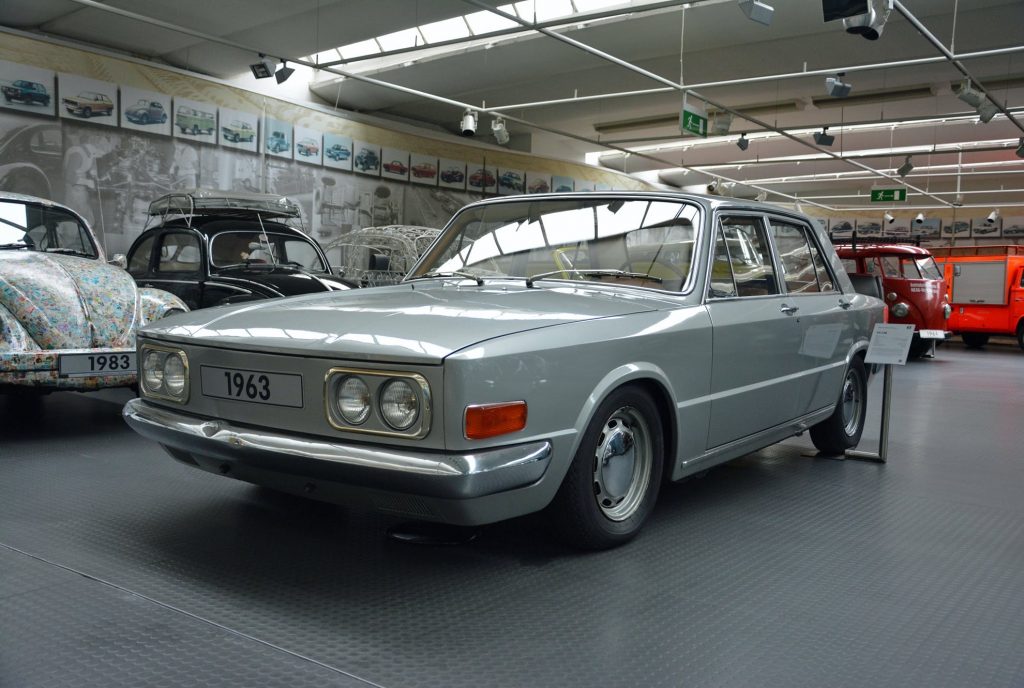
One factor that can’t be understated is the role of the Beetle’s epoch-shaping popularity. Volkswagen of America’s sales increased significantly during the early 1960s, ballooning from 159,995 units in 1960 to 371,222 in 1965 and crossing the 500,000-unit mark late in the decade. Viewed in this light, taking the fight directly to the Big Three looked like an unnecessary and potentially detrimental distraction. Production capacity was better saved for the Beetle. (You may recall that Volkswagen tried to kill the Audi 100 for this exact reason.)
Too big, too expensive, or too aristocratic, the EA 128 remained a prototype. Would it have cultivated legions of fans had it made the leap from Wolfsburg’s secret stash to American showrooms? We can hear the arguments now: is it a Volkswagen with a Porsche heart, or a Porsche with a Volkswagen body? Just imagine if there had been a second-generation model with the 930’s turbocharged flat-six hanging out the back…
This feature originally appeared on Hagerty US
Read more
Living in a box: The rise, fall and resurrection of the red telephone box
Volkswagen’s Phaeton got everything wrong – and that’s why we like it
Driver error: Buying a BMW M3 E30 on reputation alone was madness
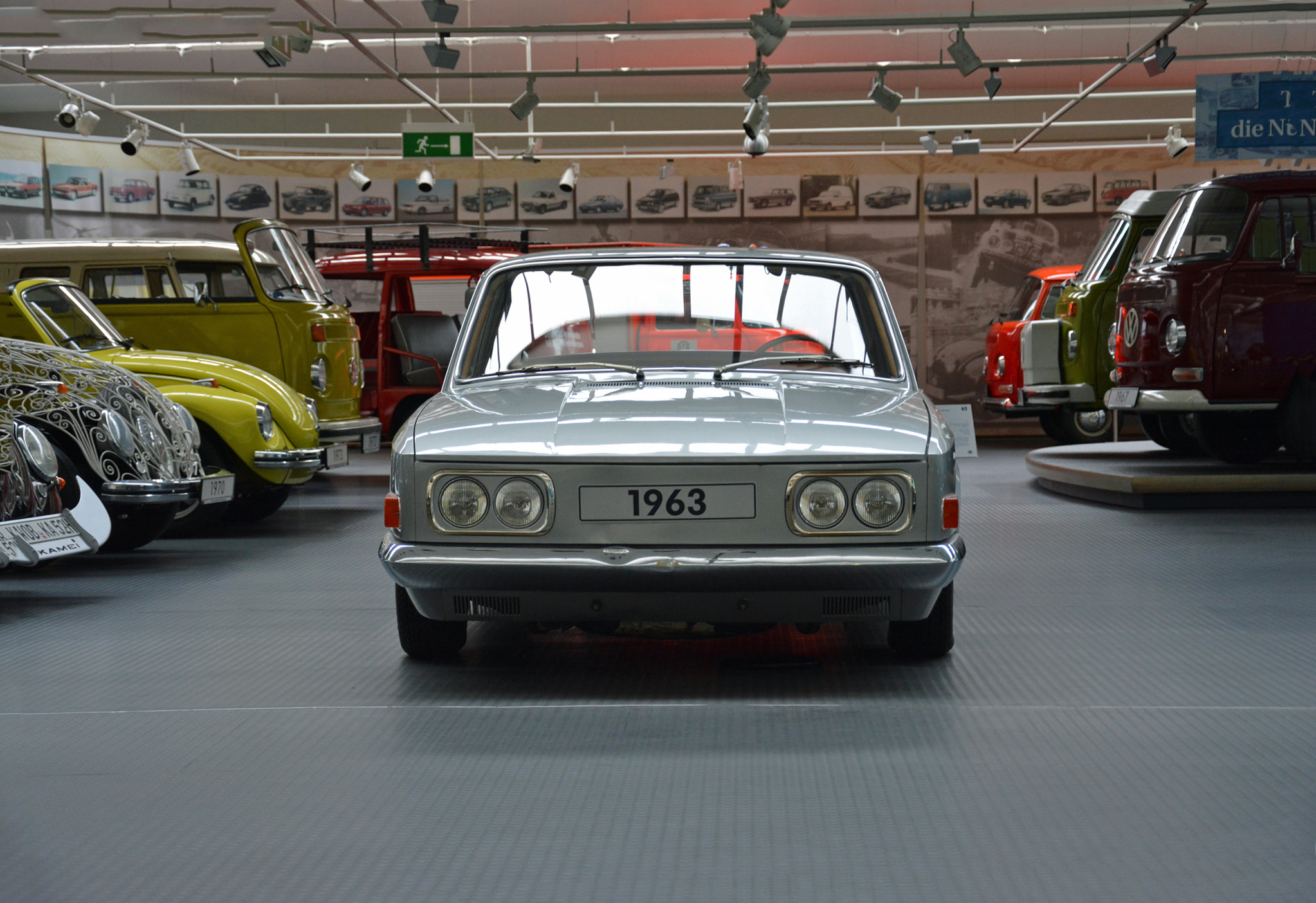
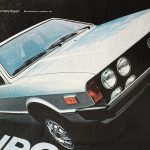
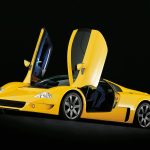
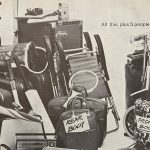
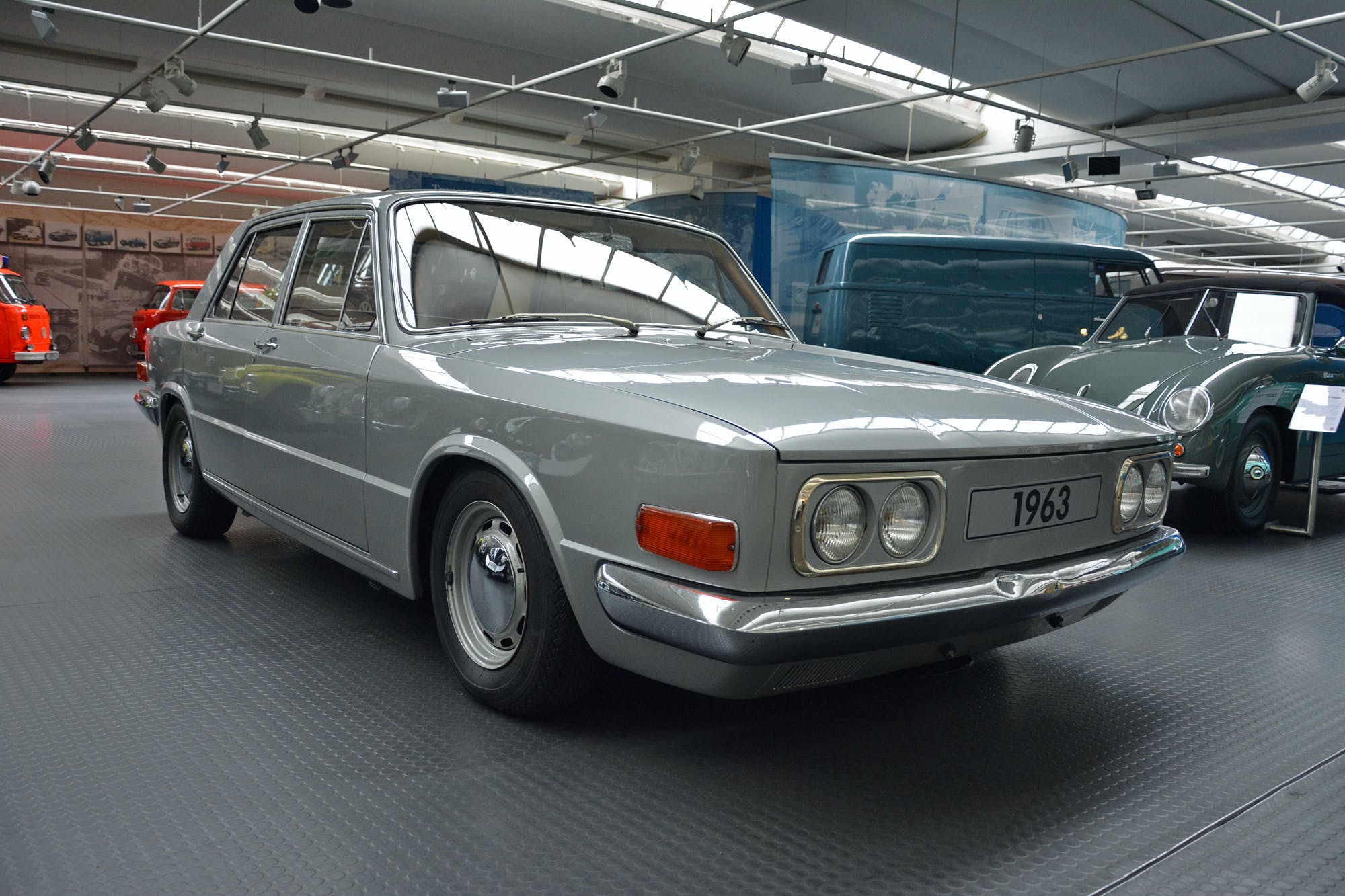
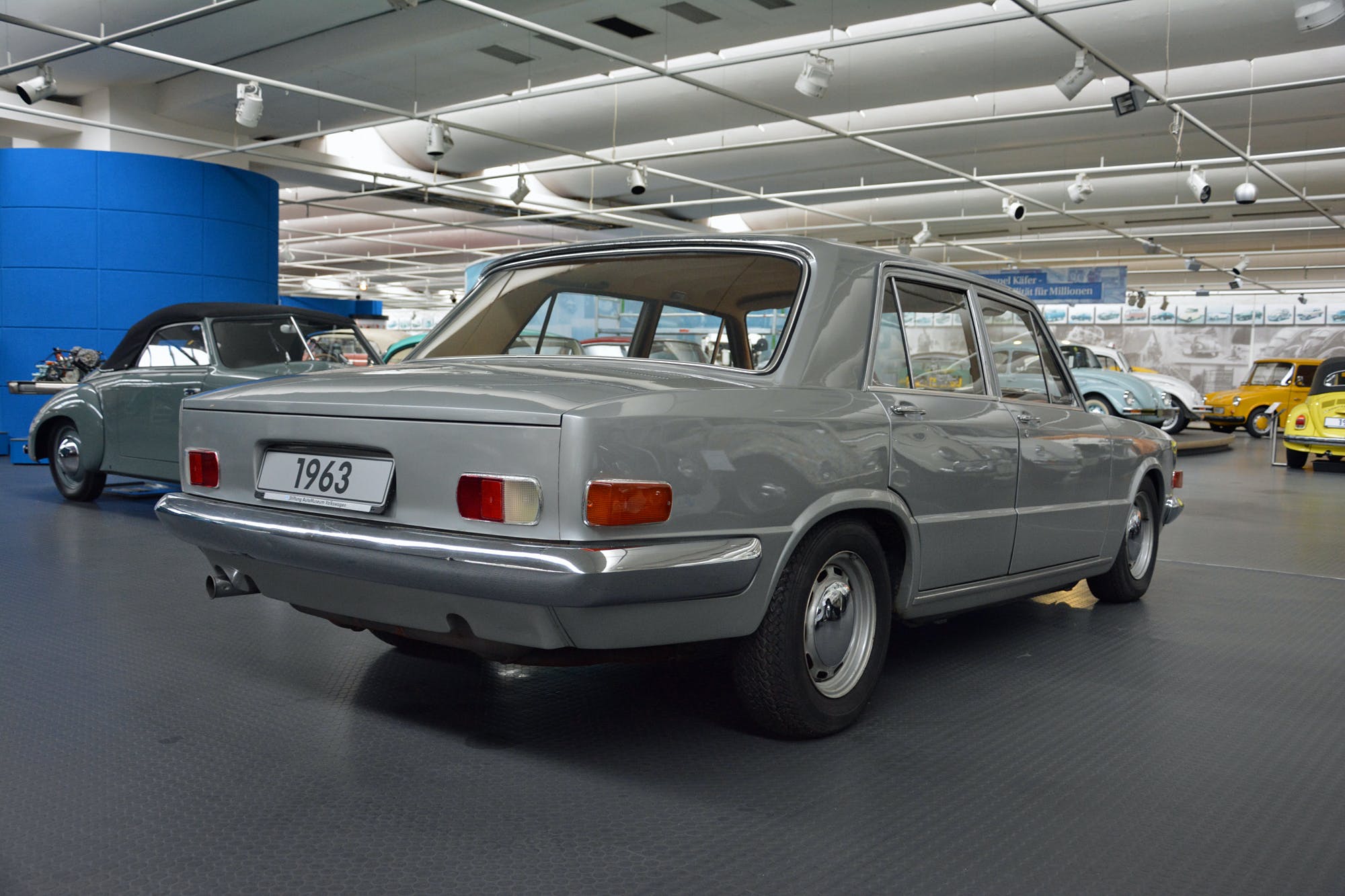
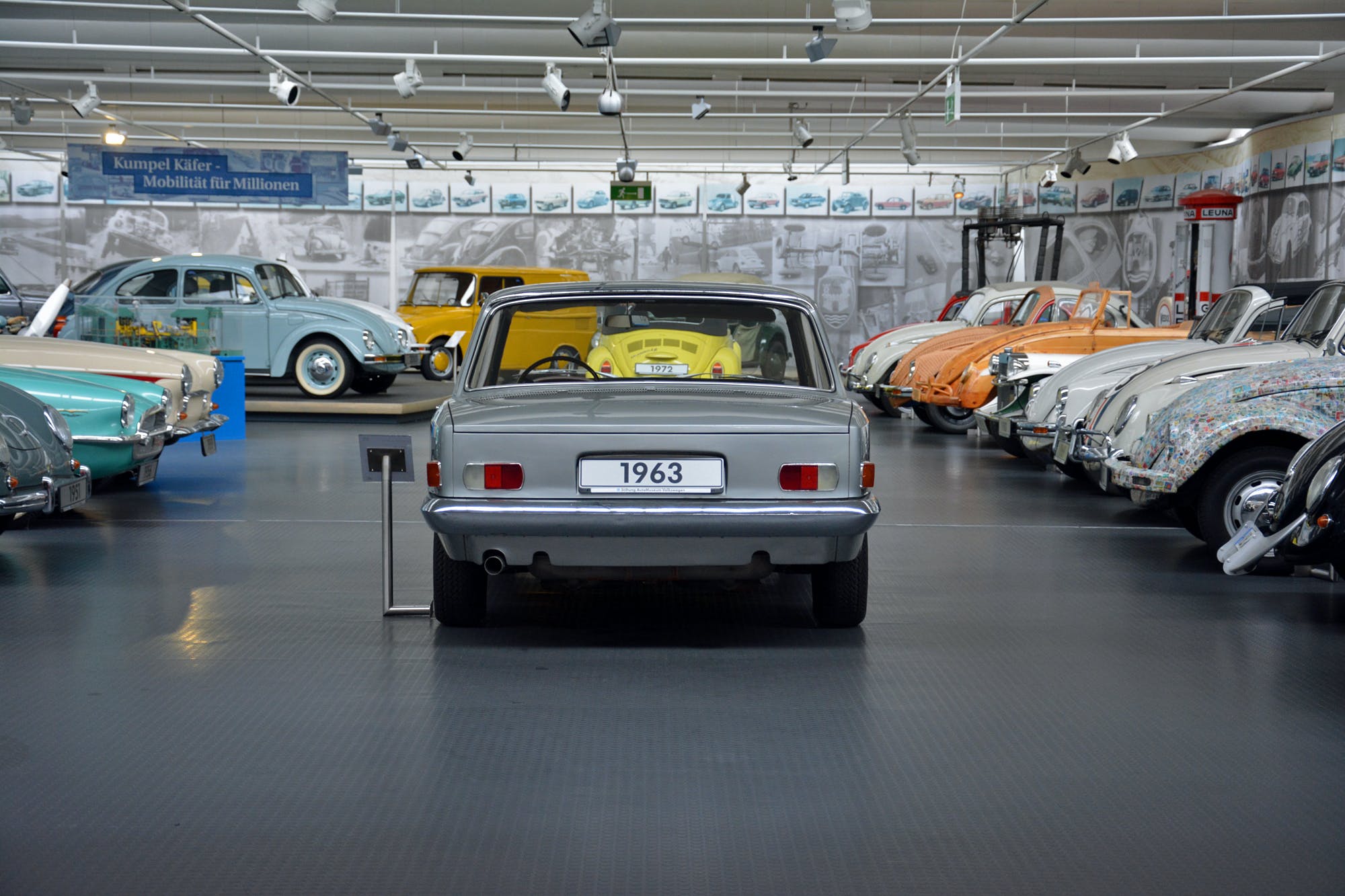
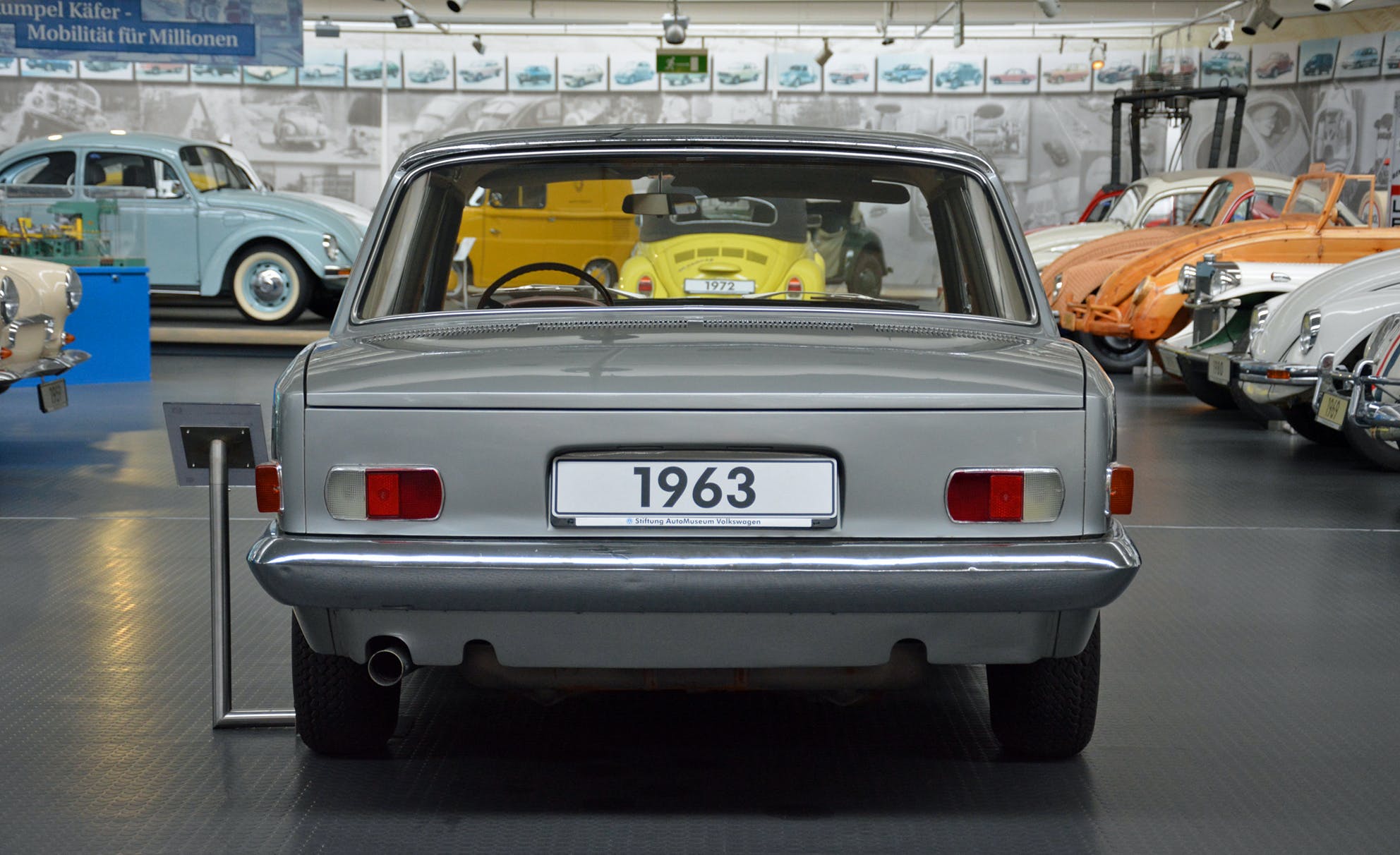
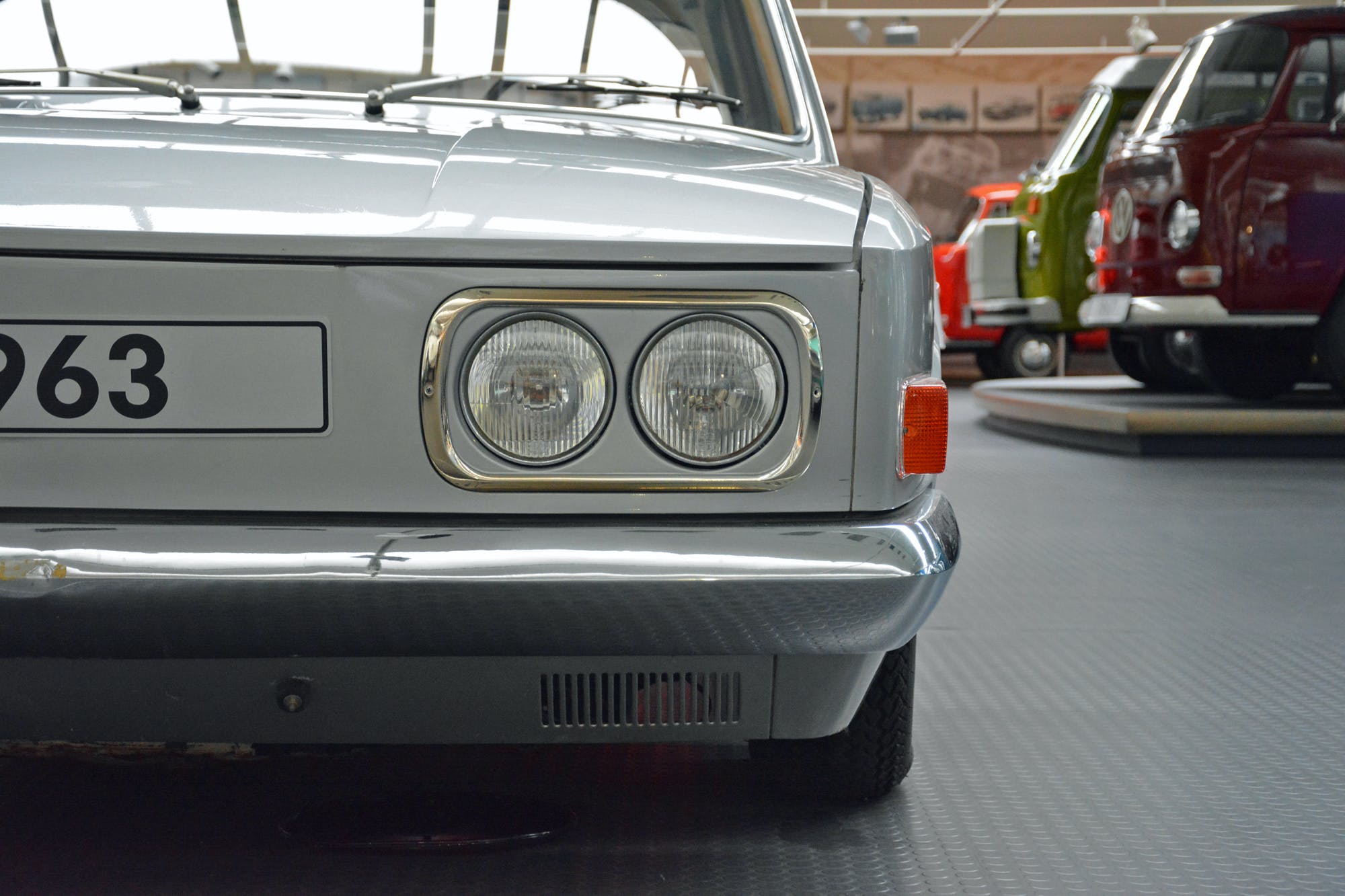
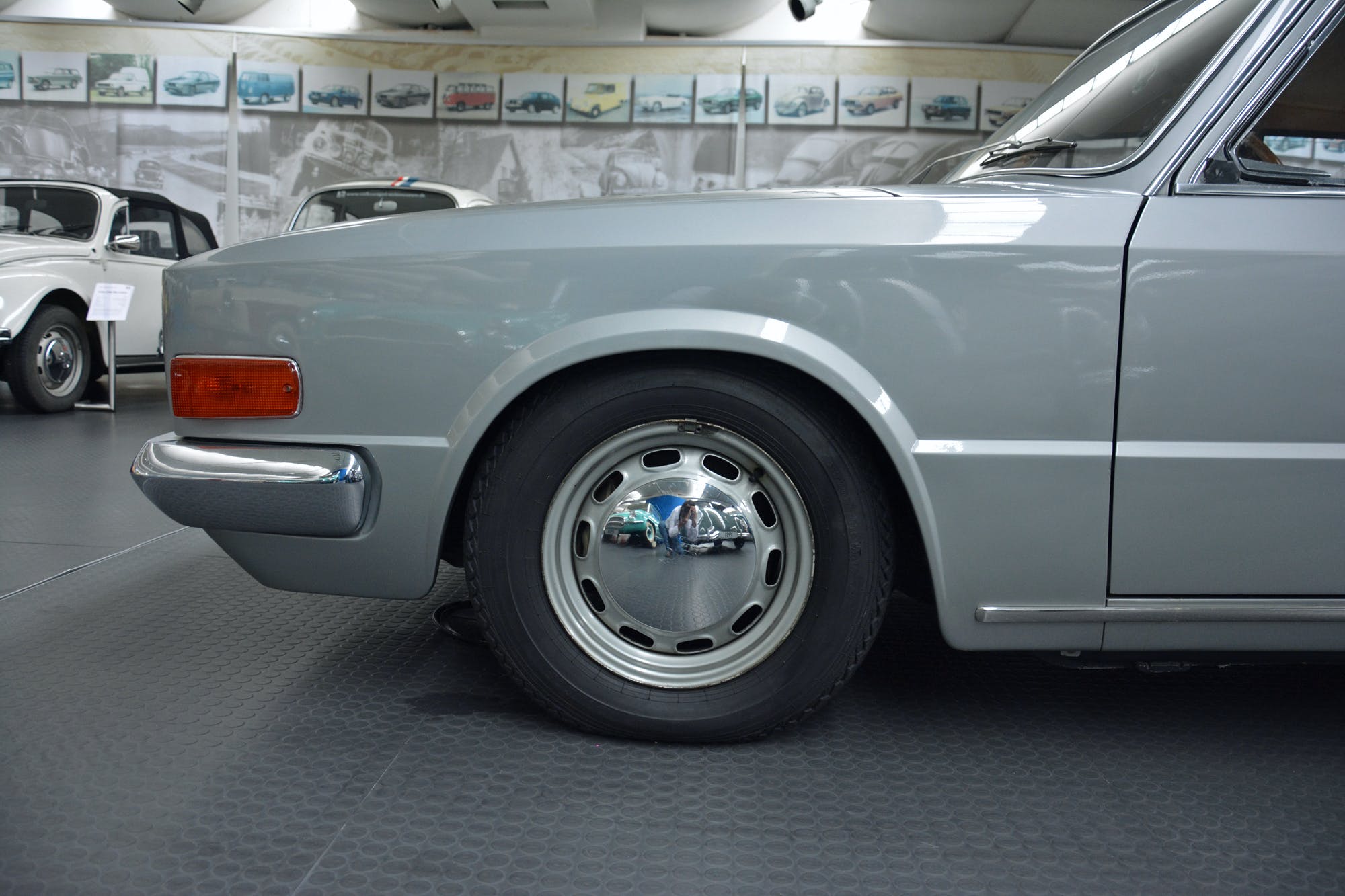
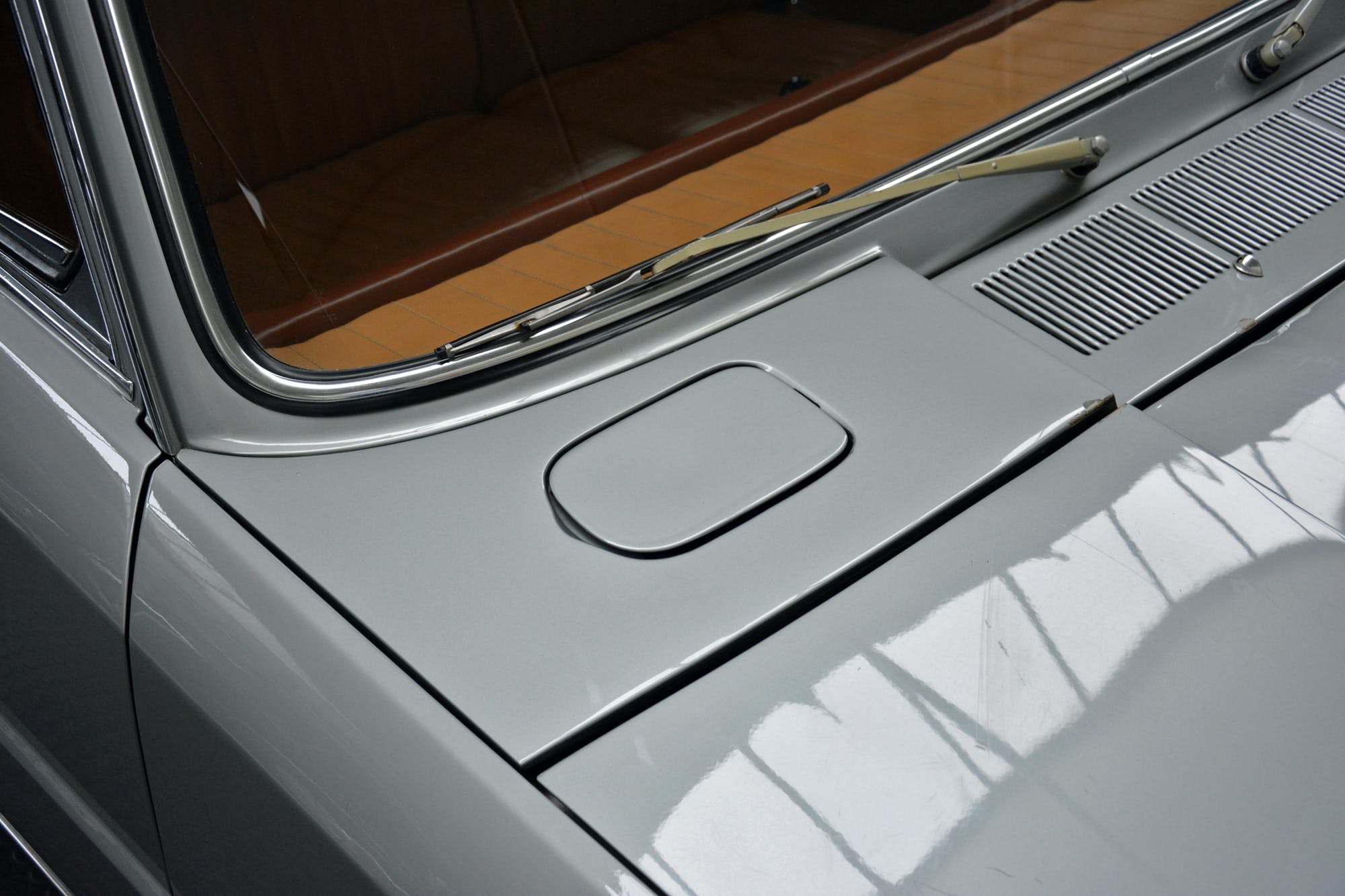
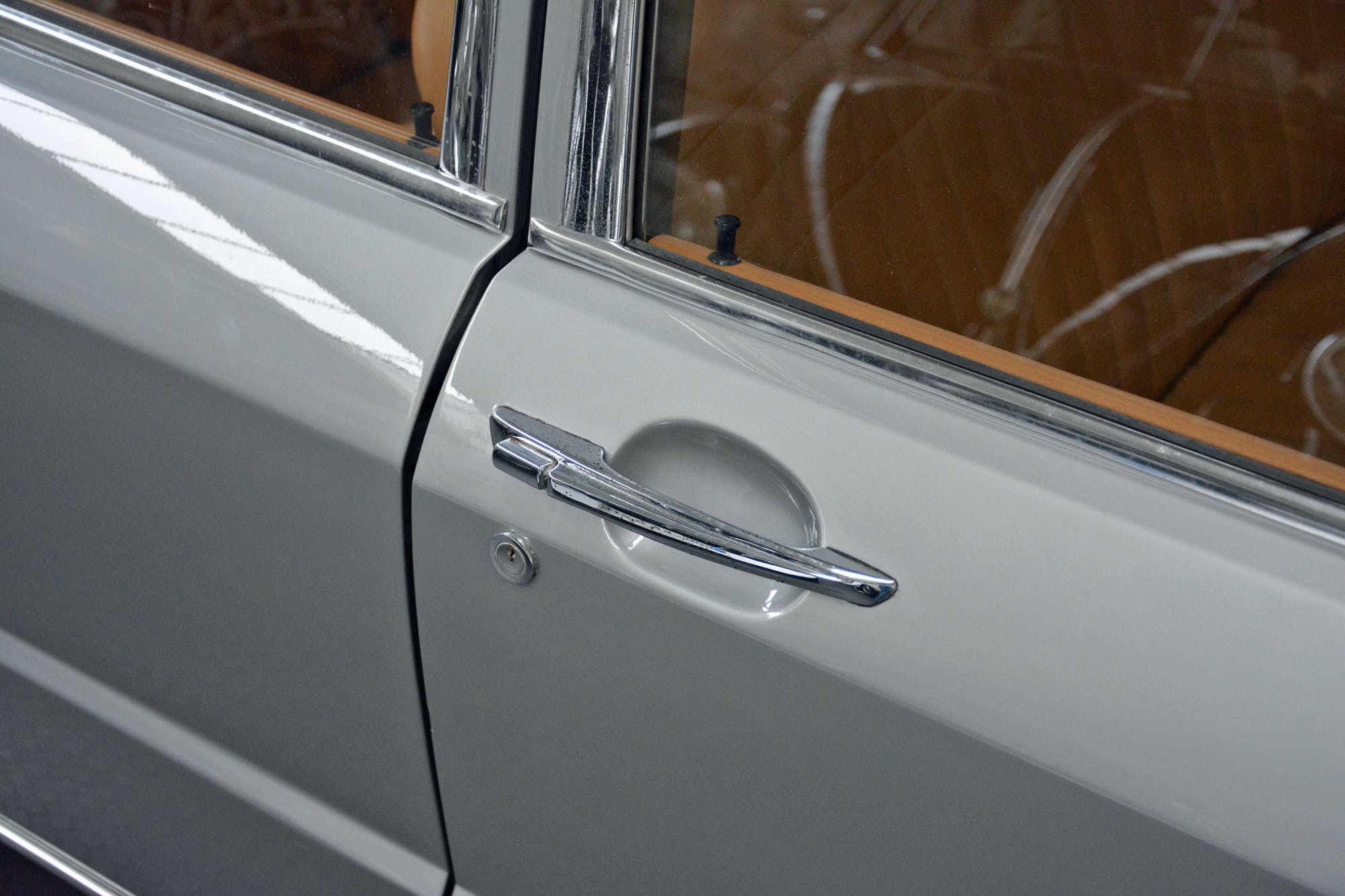
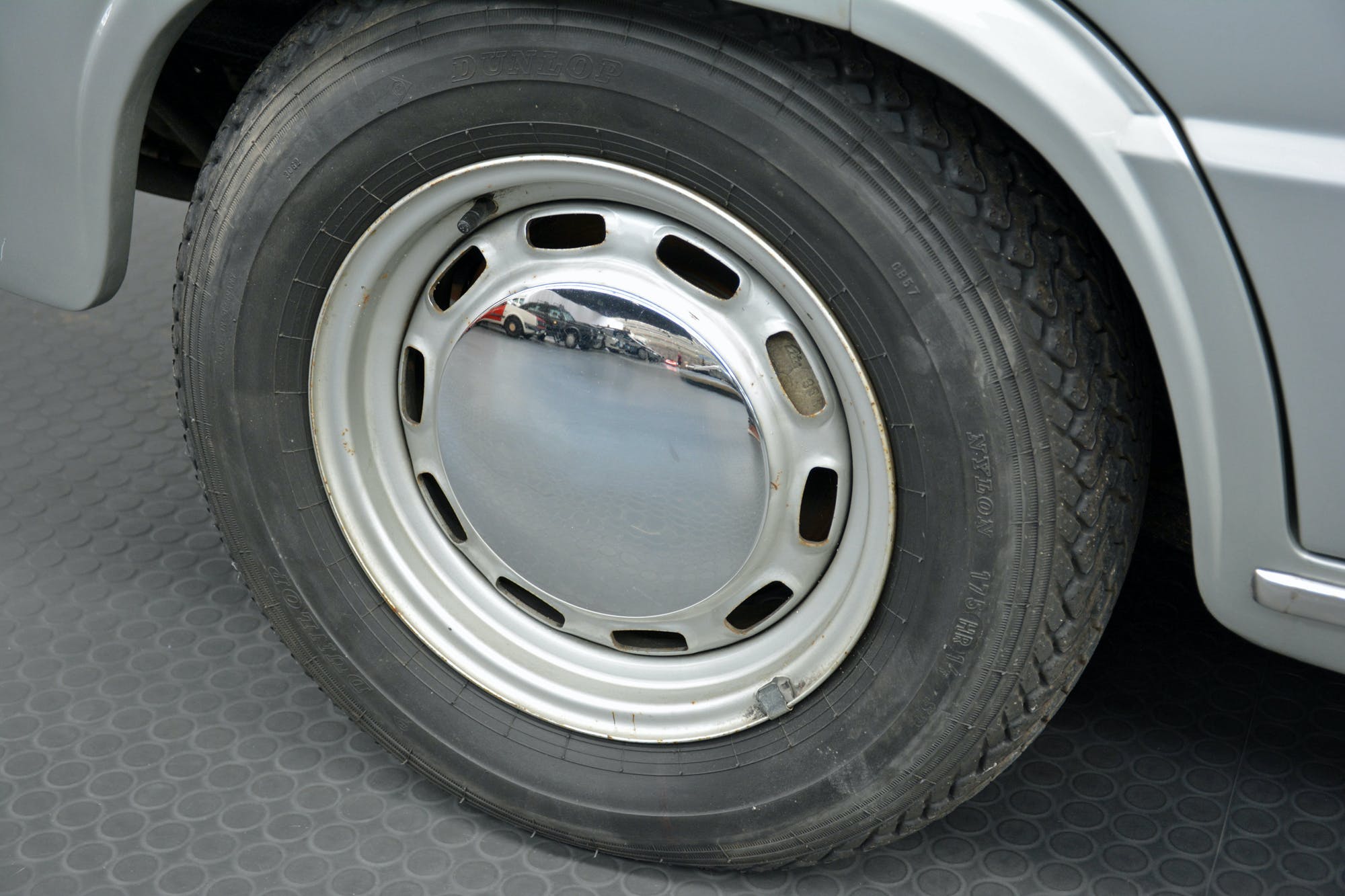
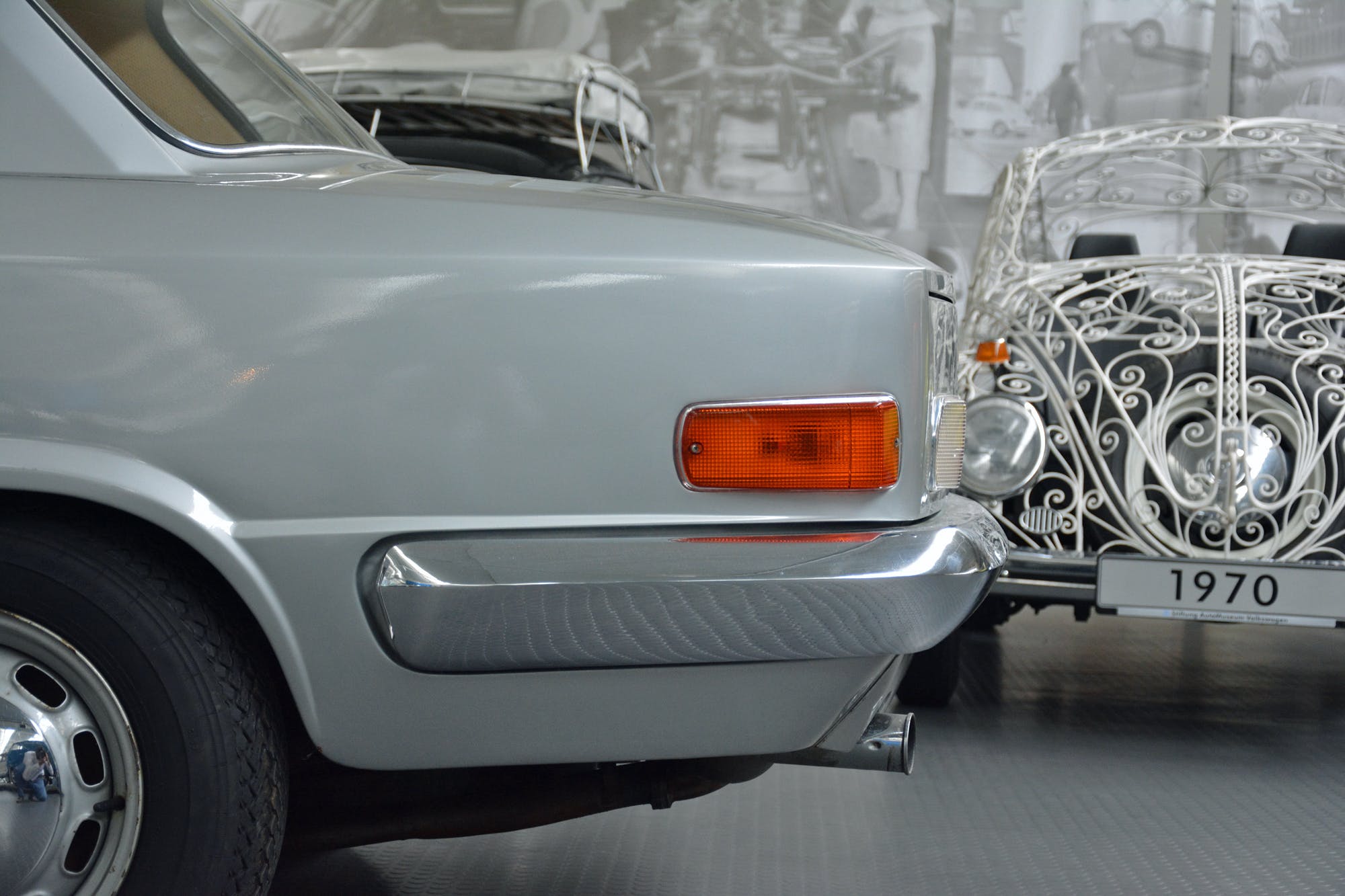
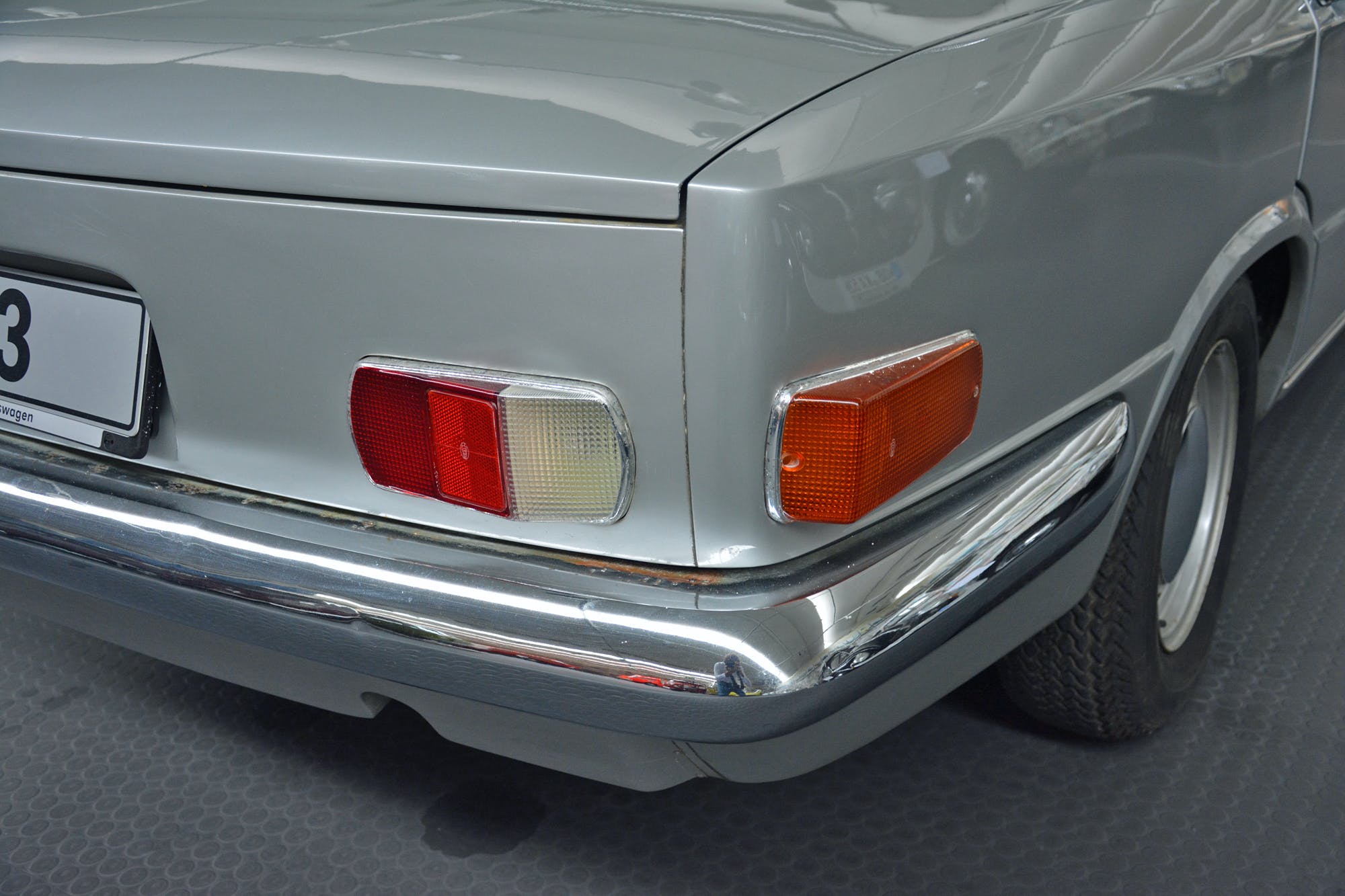
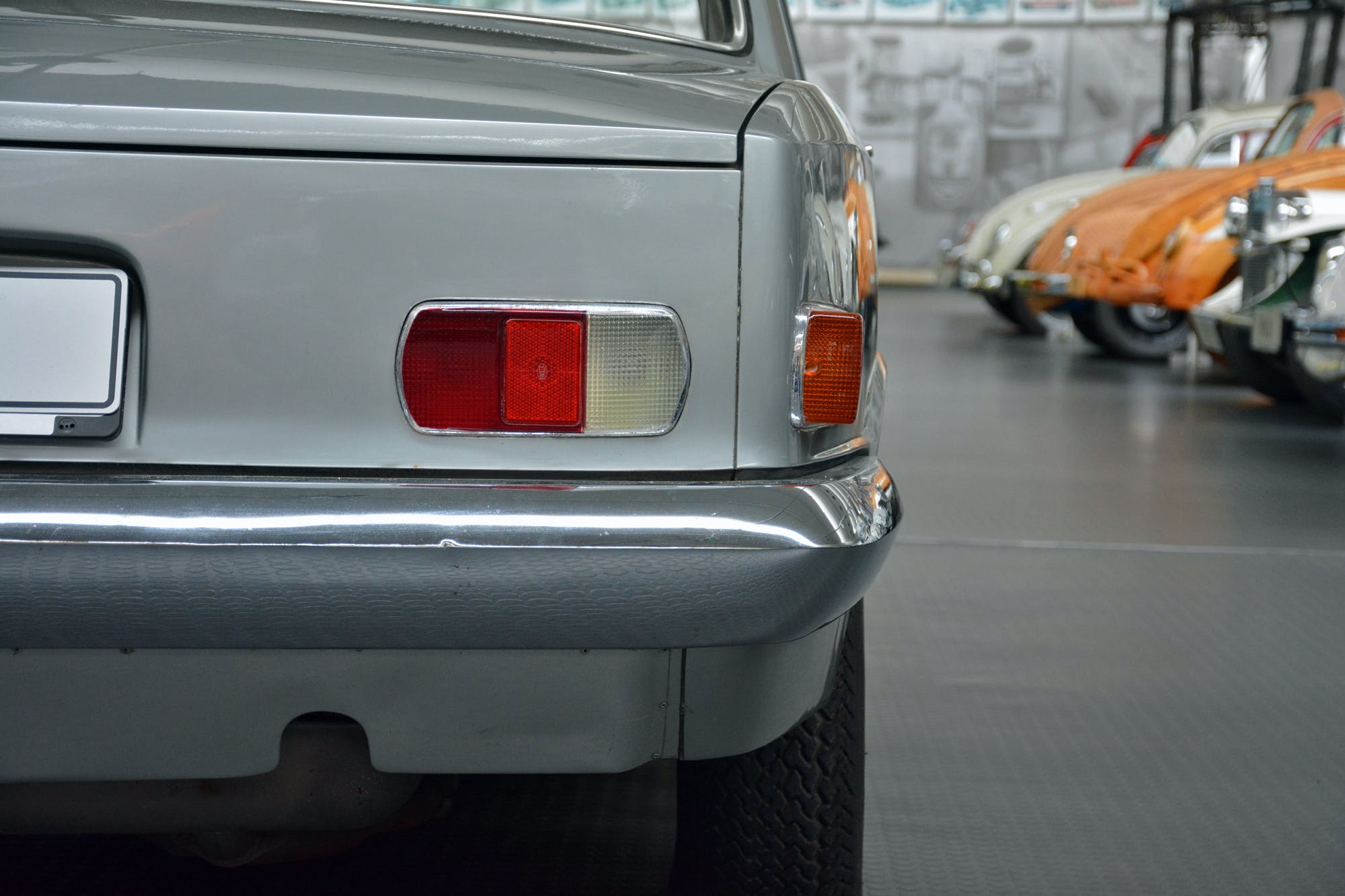
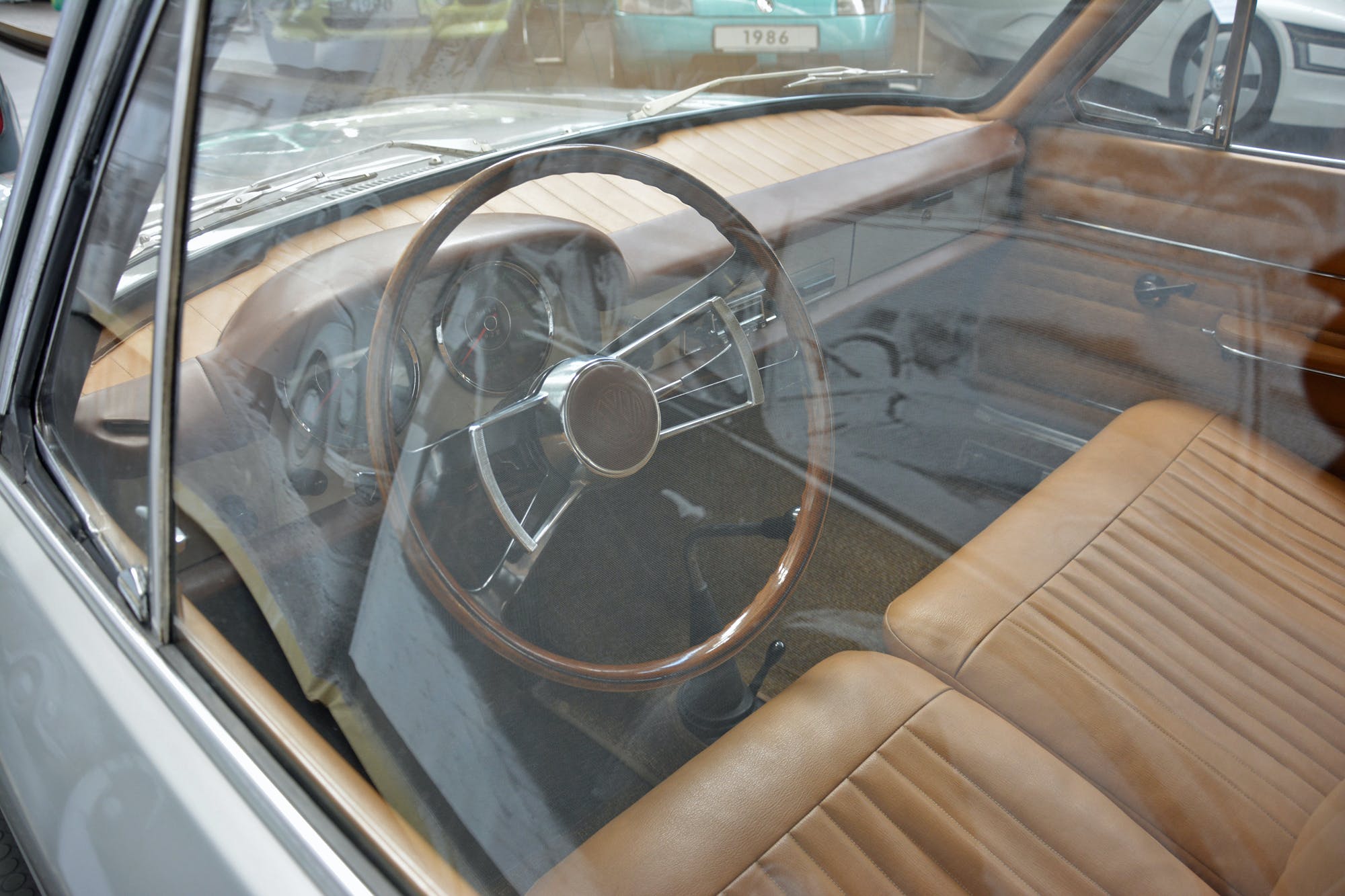
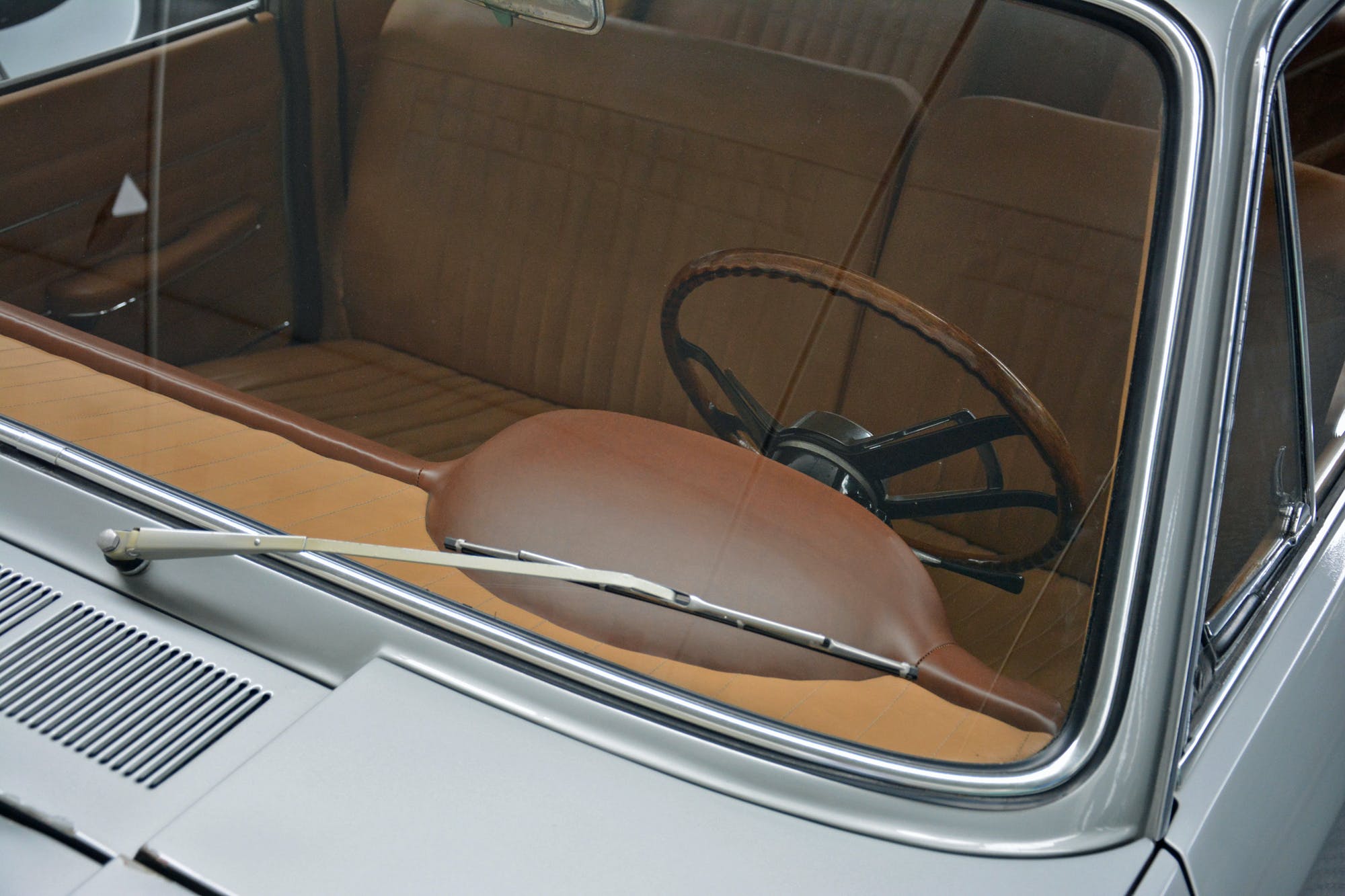
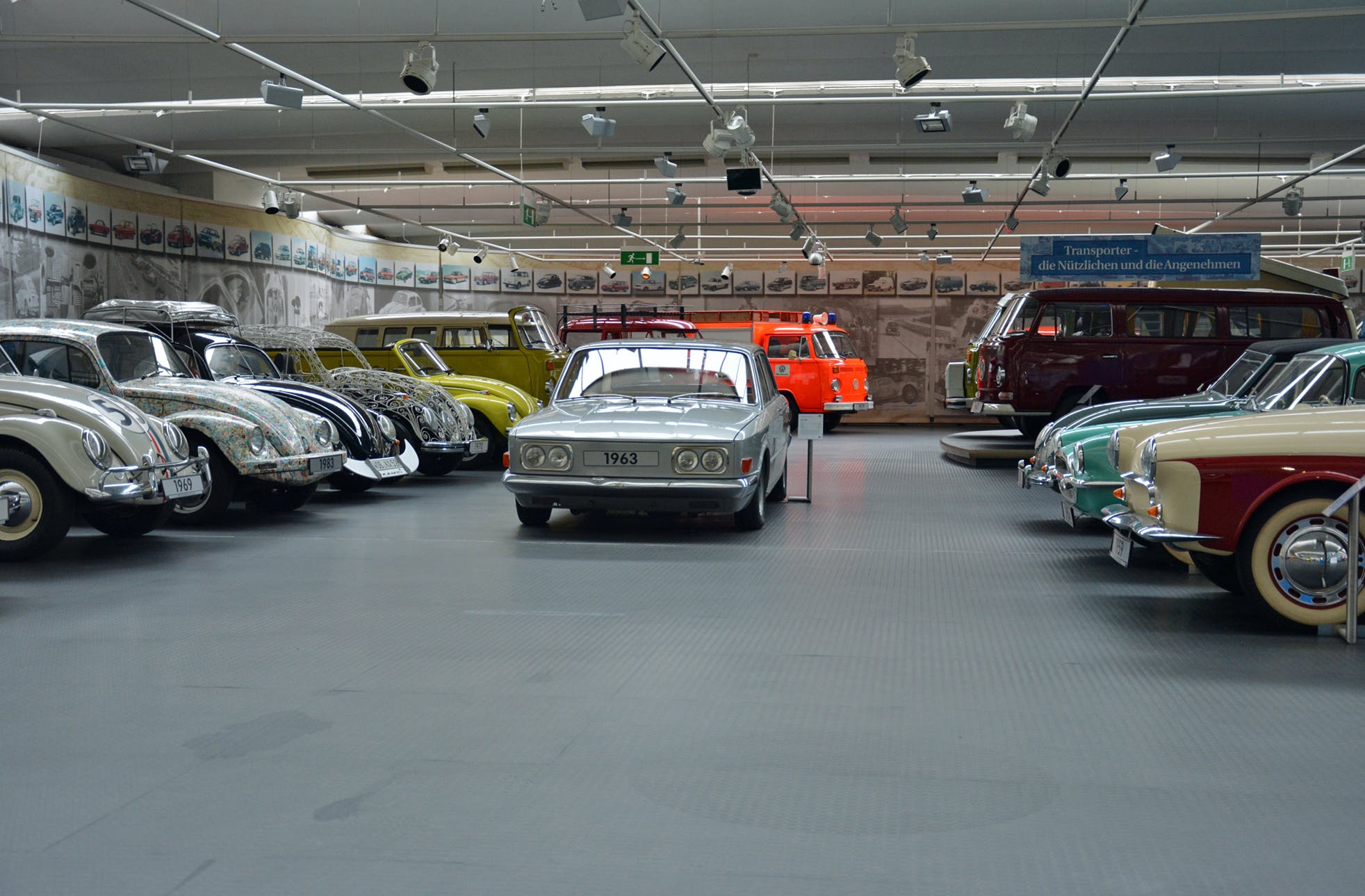
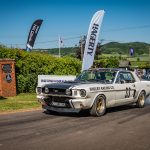
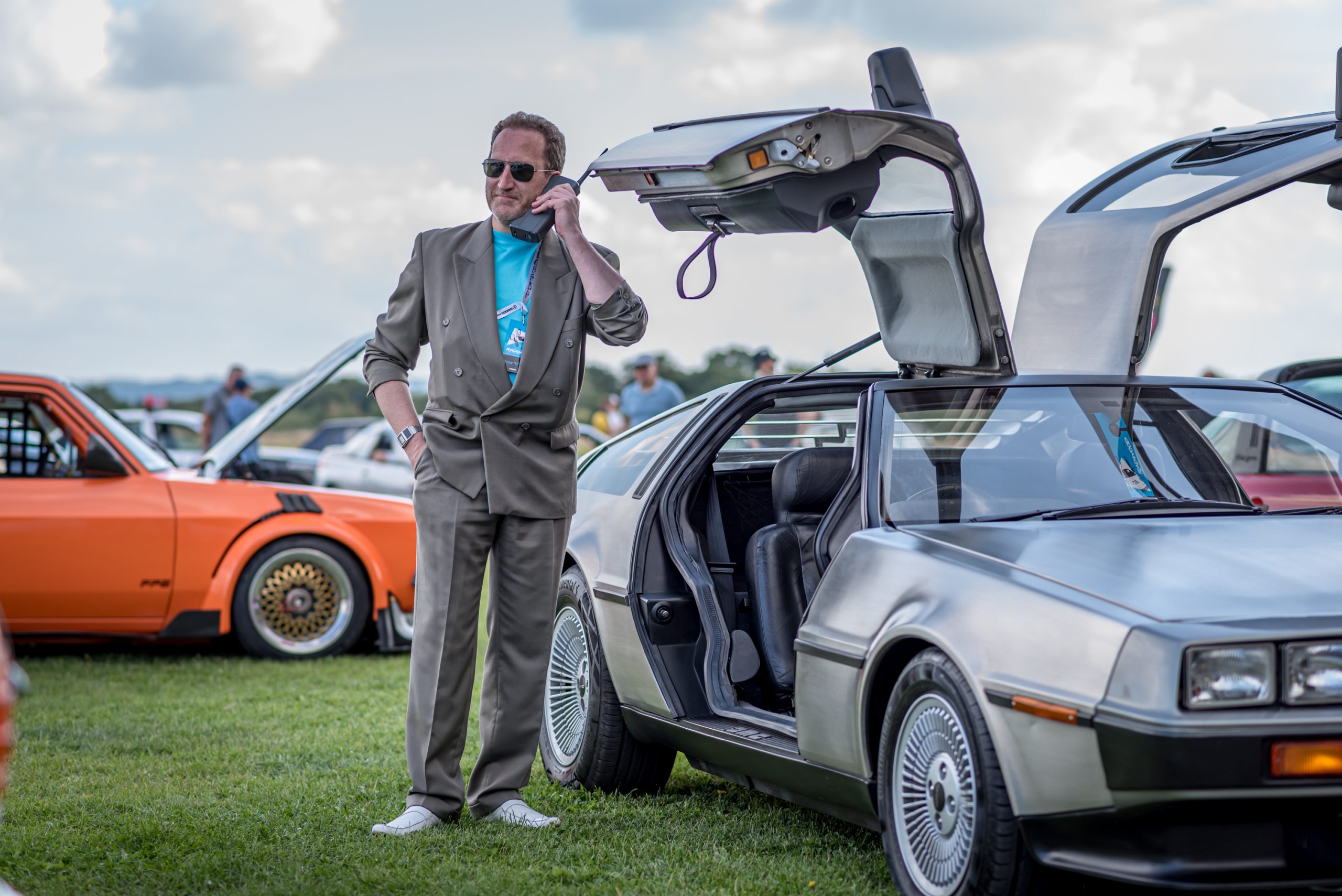
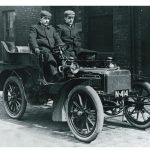
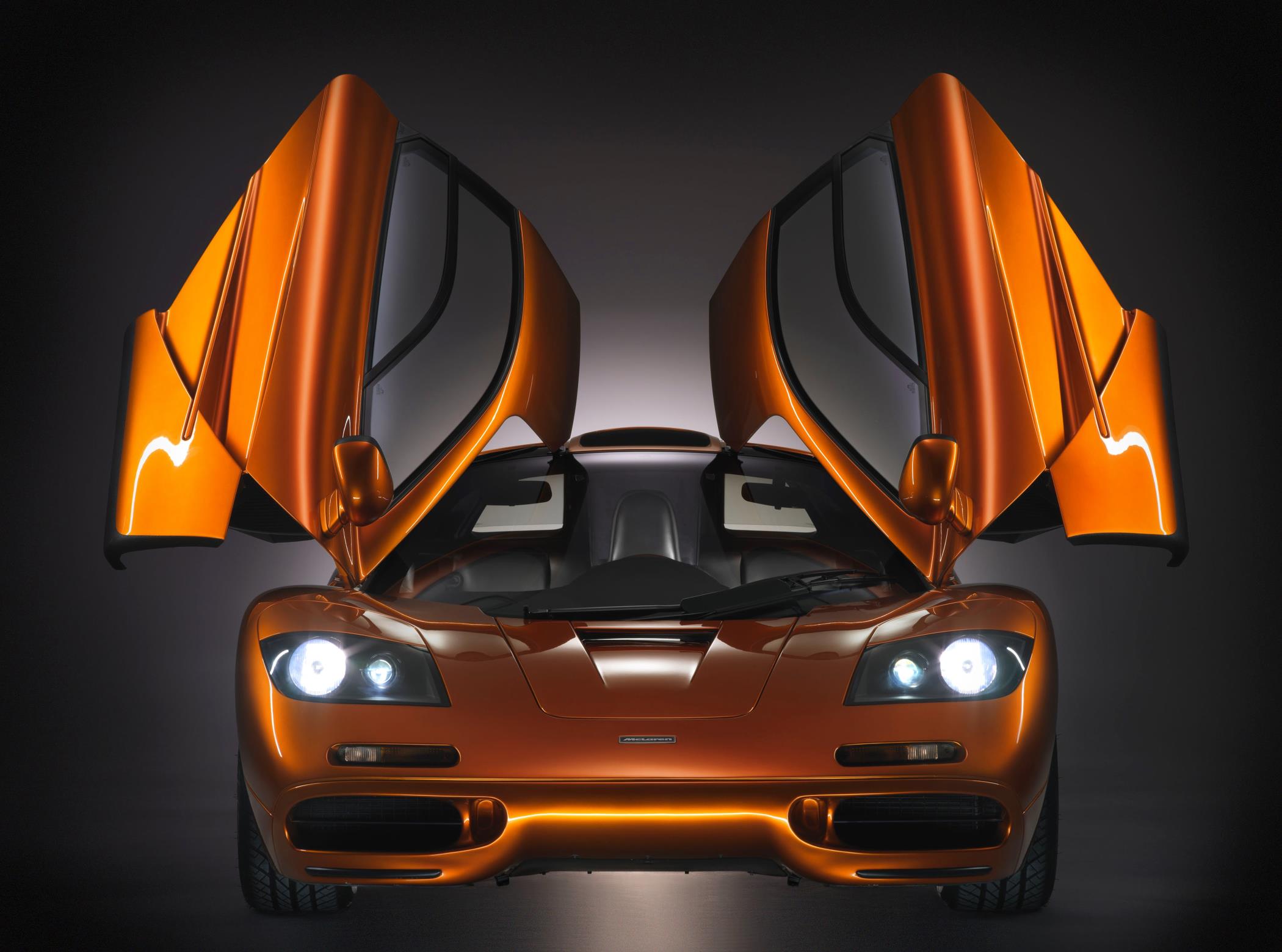
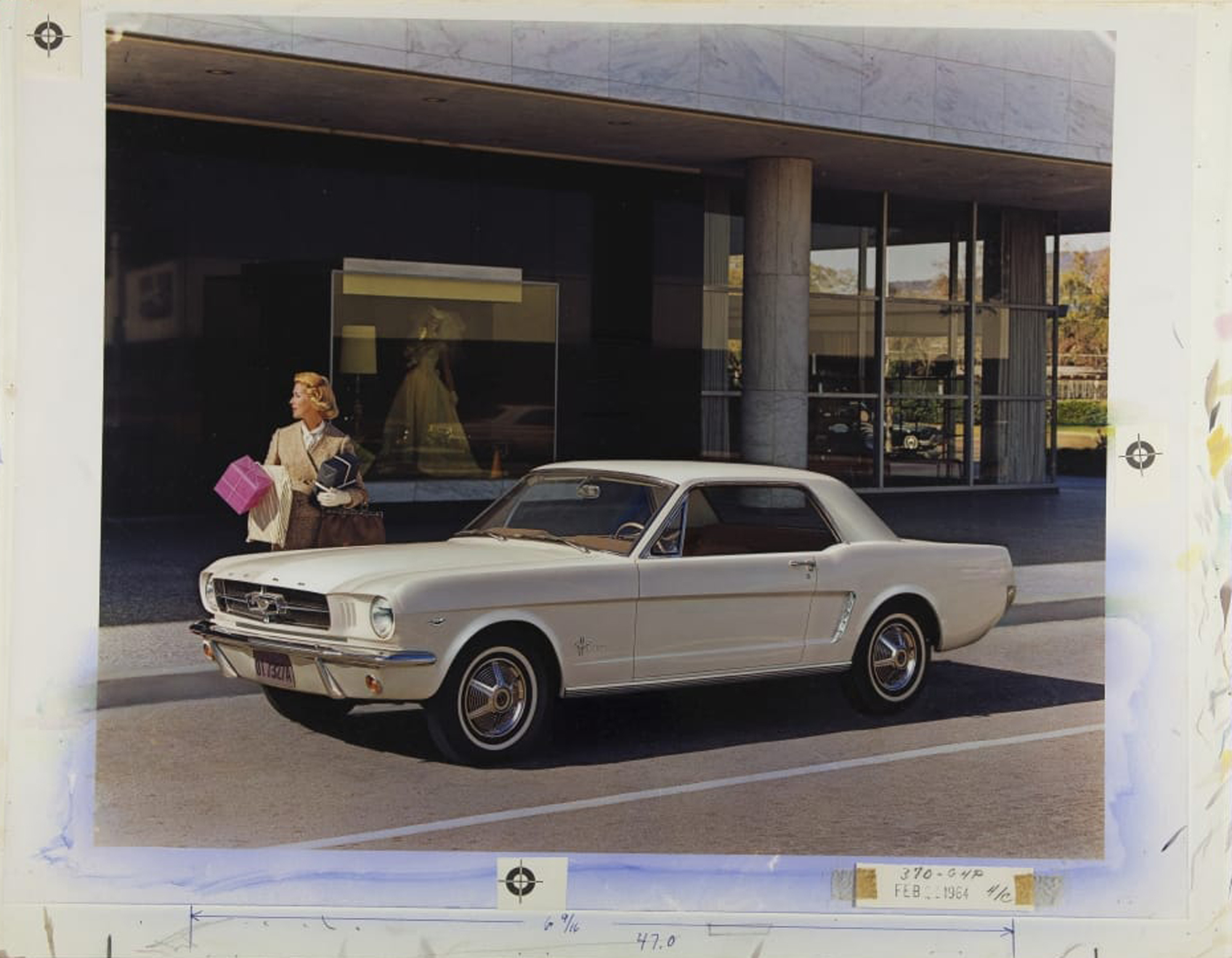

It looks a bit like a Renault. Not sure if VW missed out here because it looks like a descent size family saloon, and there’s always room for those.
Despite the wheels looking undersized (although that might be me being subliminally influenced by modern design trends), the lower front end and the odd arrangement of the rear light cluster, the classy simplicity of the overall design keeps drawing me back.
I think VW were onto a winner. Shame, really.
Well it certainly wouldn’t win a beauty contest !
Tatra got there first. V-8 rather than flat 6.